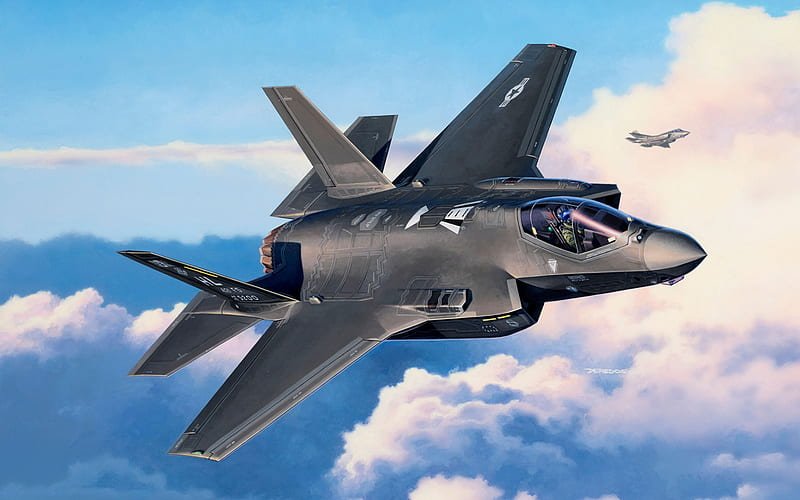
United States Air Force

Introduction to the U.S. Airforce
The United States Air Force (USAF) is the aerial and space warfare branch of the U.S. Armed Forces, known for its unparalleled capabilities in air power, precision strikes, and cutting-edge technology. Established as a separate branch on September 18, 1947, the Air Force plays a critical role in defending America’s interests and ensuring global stability.Mission Statement
“To fly, fight, and win—airpower anytime, anywhere.”
Core Values
The Air Force is built on a foundation of three core values:
- Integrity First: Doing the right thing, always.
- Service Before Self: Commitment to duty and the greater good.
- Excellence in All We Do: Striving for the highest standards in every task.
Structure and Organization
The Air Force is designed to achieve dominance in the air, space, and cyberspace domains. Its structure includes:
- Major Commands (MAJCOMs):
- Air Combat Command (ACC): Focused on fighter, bomber, and reconnaissance operations.
- Air Mobility Command (AMC): Provides global transport and refueling capabilities.
- Air Force Global Strike Command (AFGSC): Oversees nuclear and strategic deterrence operations.
- Air Force Special Operations Command (AFSOC): Handles specialized and covert missions.
- Space Operations Command (SpOC): Manages space-based assets and warfare.
- Air Force Reserve Command (AFRC): Supporting the active force with trained and ready personnel.
- Air National Guard (ANG): Dual federal and state missions for domestic and overseas operations.
Technology and Innovation
The Air Force leads the way in technological advancements:
- Aircraft: Stealth fighters (F-22 Raptor, F-35 Lightning II), bombers (B-2 Spirit, B-21 Raider), and cargo planes (C-130 Hercules, C-17 Globemaster III).
- Unmanned Aerial Systems (UAS): Drones for surveillance, reconnaissance, and combat missions.
- Space Systems: Satellite launches, missile warning systems, and global positioning systems (GPS).
- Cyber Operations: Protecting networks and engaging in cyber warfare.
Roles and Responsibilities
The Air Force undertakes a diverse range of missions, including:
- Air Superiority: Controlling the skies to ensure freedom of movement.
- Global Strike: Delivering precise and timely attacks anywhere in the world.
- Rapid Global Mobility: Transporting troops, equipment, and supplies across the globe.
- Intelligence, Surveillance, and Reconnaissance (ISR): Gathering critical data to support decision-making.
- Space Operations: Safeguarding U.S. interests in space and maintaining satellite communications.
Life in the Air Force
A career in the Air Force offers unparalleled opportunities for growth and development. Service members benefit from:
- Competitive pay and comprehensive benefits.
- World-class training and career advancement.
- Education support, including tuition assistance and the GI Bill.
- A sense of purpose through serving the nation and contributing to global security.
Join the Air Force
Be a part of something bigger. The U.S. Air Force offers career opportunities in:
- Aviation and Flight Operations
- Engineering and Technology
- Space Operations
- Medical Services
- Cybersecurity and Intelligence
Contact Us
Recruitment Office: Connect with a recruiter near you to explore your future in the Air Force.
Social Media: Follow the Air Force on Facebook, Instagram, Twitter, and LinkedIn to stay updated.
The United States Air Force: "Aim High… Fly-Fight-Win."

